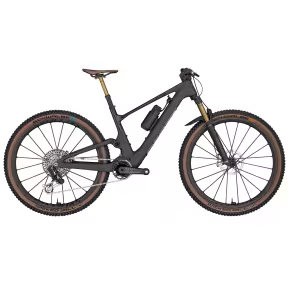Classic Bikes Citybike
1122 Citybikes
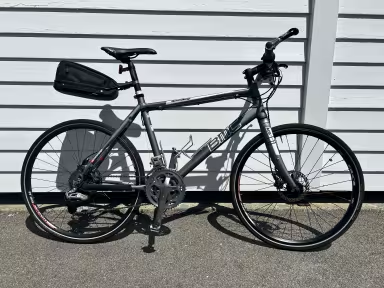
BMC Alpenchallenge 01
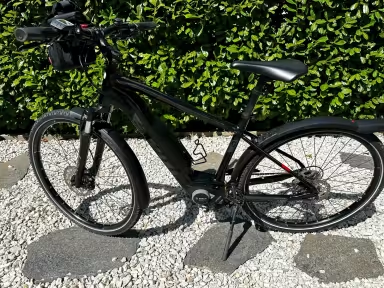
SCOTT Sub Cross eRIDE 30 Men
Superior Blox 6.5 Tl Ms
Superior Blox 6.5 Tl Ms
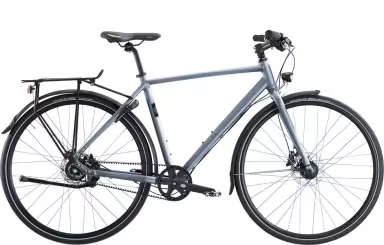
IBEX Happy Worker

KTM Life Lite
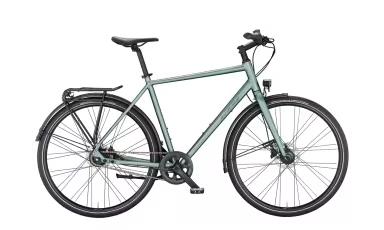
KTM Chester 8
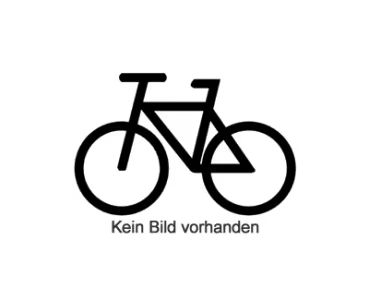
Stevens Jazz Forma / 52Cm
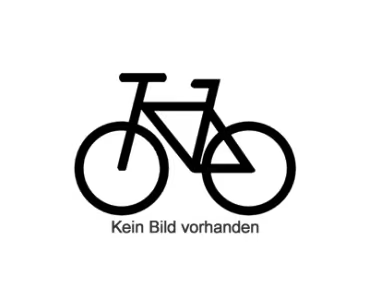
Stevens Jazz Forma / 46Cm
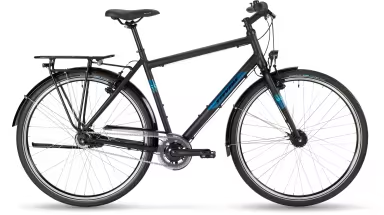
Stevens Elegance
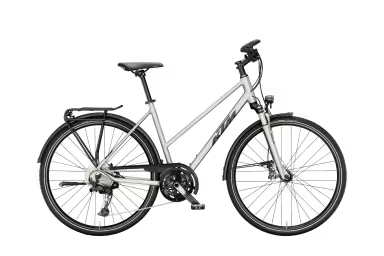
KTM Life Style
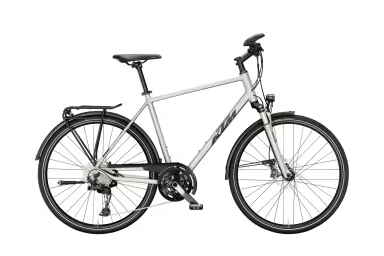
KTM Life Style
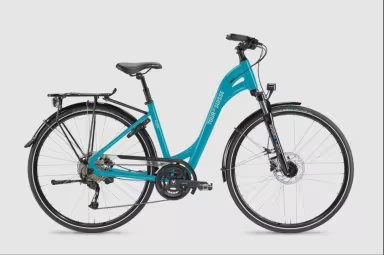
Tour de Suisse Palermo
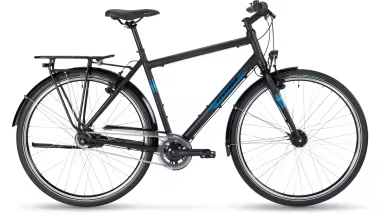
Stevens Elegance
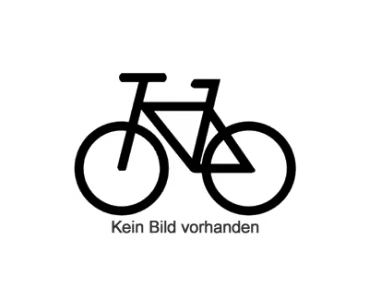
Stevens Jazz Forma / 46Cm
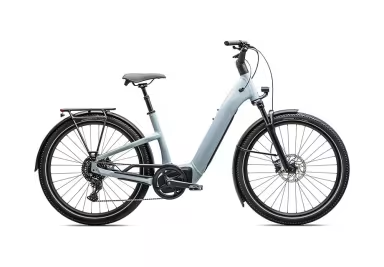
SPECIALIZED Como 4.0 Nb Sea/Sildst S

SPECIALIZED Turbo Como 5.0 IGH
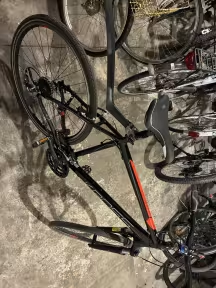
Kross Evado 3.0
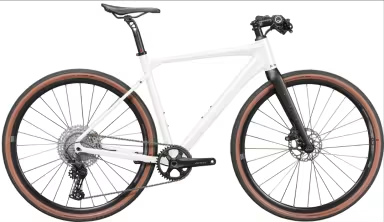
Kristall Gravel
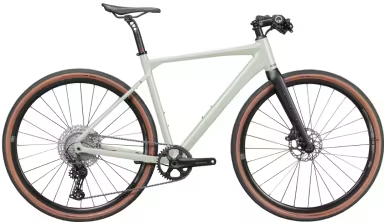
Kristall Gravel
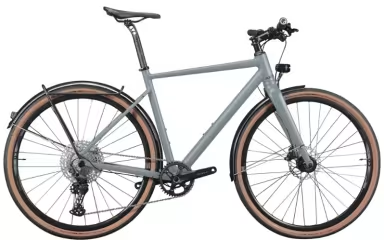
Kristall Gravel Onroad
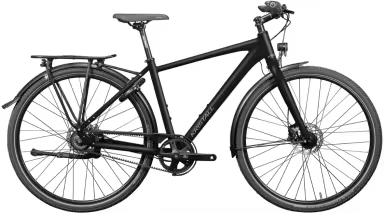
Kristall Trekking Commute
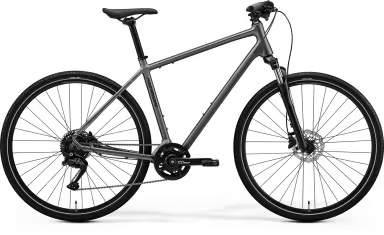
MERIDA Crossway 100
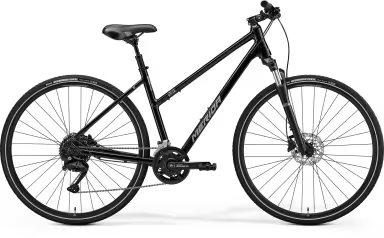
MERIDA Crossway 100
Buying advice for: City / Urban: Citybike
Frame material
City bikes are generally designed for use in urban environments, which is why factors such as durability, comfort and weight play an important role when selecting the frame material. Steel frames are often used as they are known for their robustness and durability. They offer comfortable cushioning and are often cheaper than other materials. However, it should be noted that steel frames are somewhat heavier. Aluminium frames, on the other hand, are lighter and still offer good strength and durability. They are a popular choice for city bikes due to their balanced ratio of weight to stability. Carbon frames are extremely light and offer excellent stiffness, resulting in efficient power transfer. However, they are generally more expensive than steel or aluminium frames. They can also be more susceptible to damage from impacts. Titanium is another lightweight frame material. They are also durable and corrosion-resistant. However, bikes with titanium frames are often very expensive and are therefore rarely found in the city bike segment.
Chassis
In general, city bikes have a chassis that is designed for comfort and suitability for everyday use in order to meet the requirements of the urban environment. Among other things, city bikes can have suspension in the saddle or on the frame. This can reduce shocks and vibrations and improve riding comfort. This is particularly beneficial on uneven roads. The fork of a city bike is often designed to soften vibrations and bumps in the road to ensure a comfortable ride. Some models even have a suspension fork, which provides additional comfort.
Wheels
The right wheels play a decisive role on a city bike. Wheels with a diameter of 26 inches or 700C (28 inches) are often used. However, the choice of size depends heavily on personal preference and the frame size of the bike. The rims of city bikes are often robust and hard-wearing in order to withstand urban conditions. They are usually made of aluminium or another durable material.
Tyres
City bikes are often fitted with wider tyres, which provide good traction on different surfaces and help to counteract bumps in the road. Wider tyres improve riding comfort by reducing vibrations and bumps. They are also generally robust and resistant to punctures. The tread pattern of the tyres can vary depending on the model. In general, city bike tyres are designed for good grip on asphalt roads and other urban surfaces.
Brakes
Depending on the equipment of the city bike, the wheels can be fitted with different braking systems, such as rim brakes or disc brakes. The brakes should be reliable and low-maintenance to ensure a safe ride in the city. Rim brakes are a common choice for city bikes. They are very popular due to their simplicity, ease of maintenance and effectiveness. To slow or stop the bike, the brake pads are pressed against the rim flanks. Typical types of rim brakes are side-pull brakes and V-brakes. Disc brakes are also very popular. They offer improved braking performance and effectiveness in a variety of conditions, including wet and dirty conditions. This type of brake uses a metal disc that is clamped between brake pads to stop the bike. Coaster brakes are also not uncommon on city bikes. In this case, the bike is braked by turning the pedals backwards. They are easy to operate and do not require separate brake levers, which makes them a popular choice for city bikes.
More interesting bikes
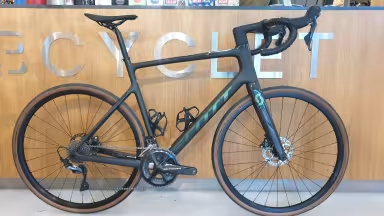
SCOTT Addict 20

Transalpes E1 Luminor
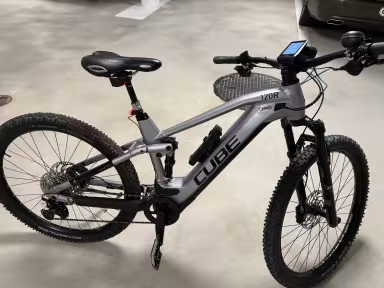
Focus Stereo Hybrid 120 Race 625
